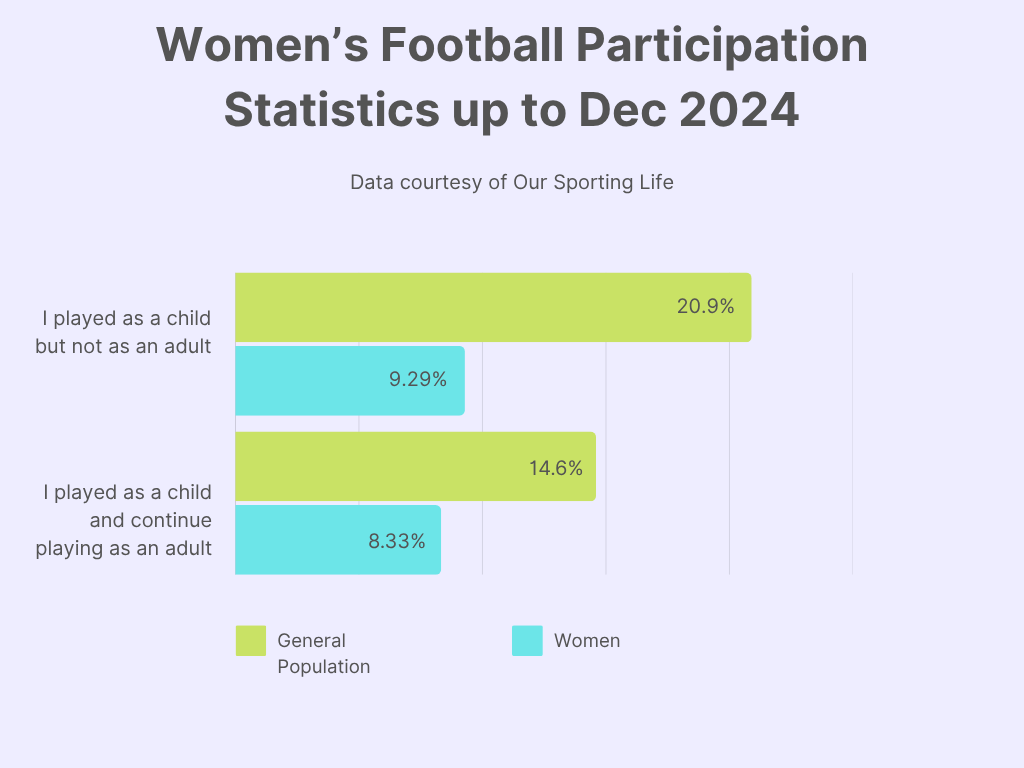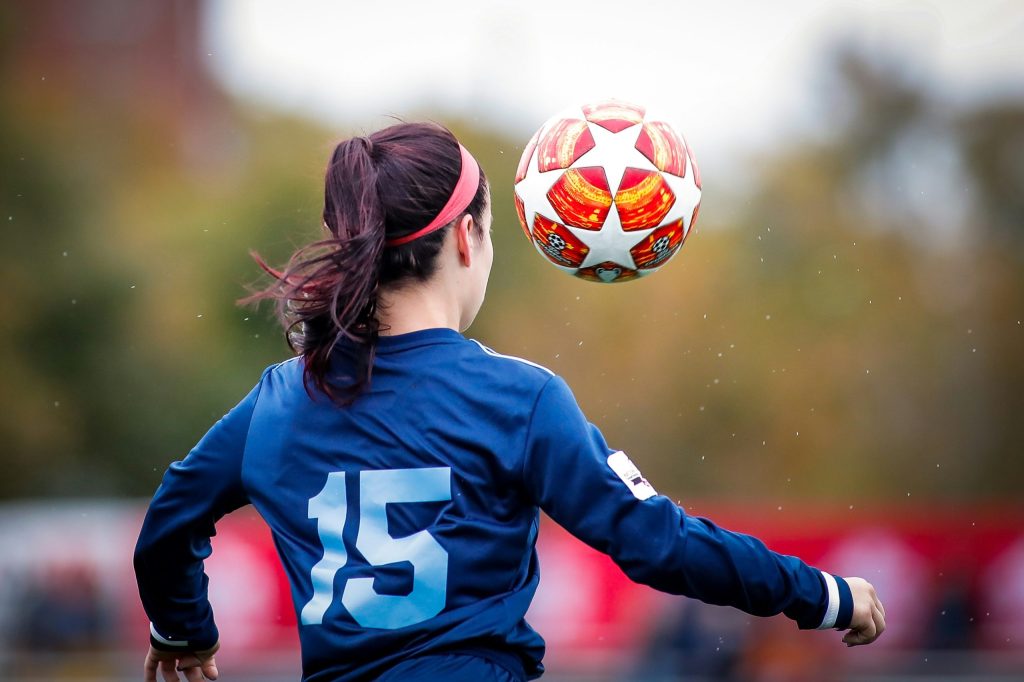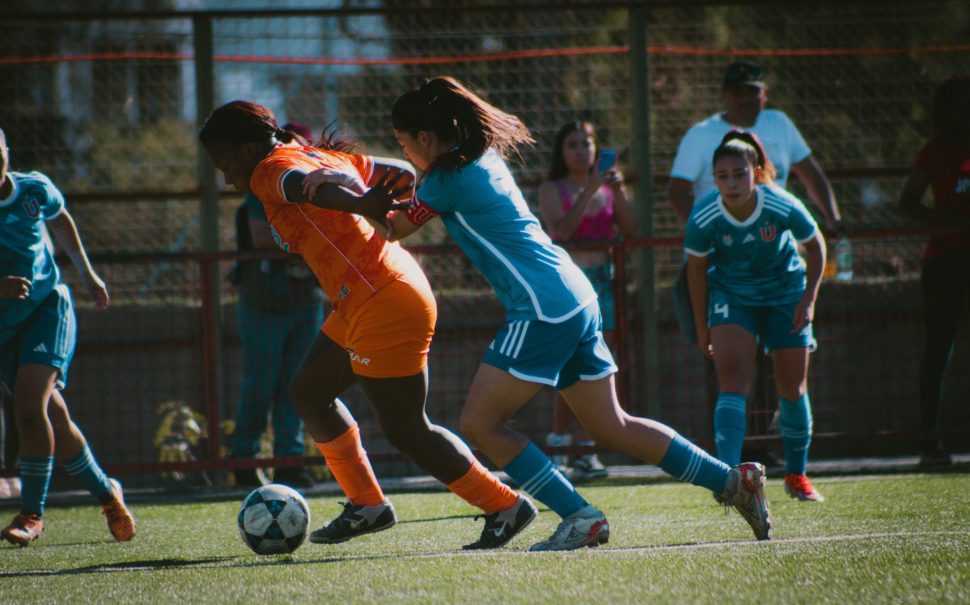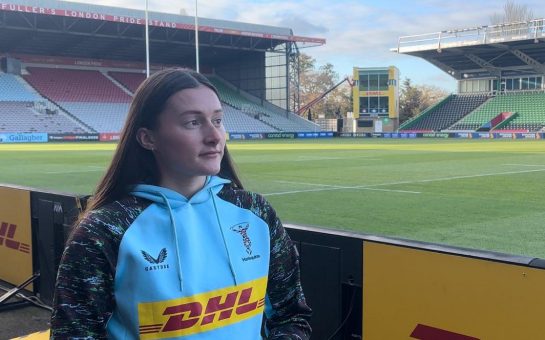London clubs have called on the FA to do more to facilitate female participation in football.
Thanks to the success of the Lionesses, more girls than ever before played football last year, totalling 845,000 players, according to Sport England.
But Harriet Drudge, captain of South London Womens FC, believes the sport’s governing body isn’t doing enough to keep women and girls in the sport.
She said: “At every point of the transition there needs to be more communication (and) awareness of the pipeline.
“At every stage (of growing up) I remember thinking ‘that’s the last time I’m gonna play football’, because I couldn’t see the progression.
“There can always be more done to stop women and girls from dropping out of the game.”
The statistics are damning with the FA’s own figures showing just 4.4 million of the 15.7 million people who play football in England are women and girls – with a lowly 12% of teams being female.
On top of this, Our Sporting Life, a prominent grassroots sports magazine, reported last year that just 8.33% of women who played in childhood continue to do so as adults, compared to 14.6% of the general population.
Clapham United WFC vice-president Emma Dyduch shared Drudge’s sentiments.
Dyduch said: “It would be useful for U18s teams to have some affiliation or pathways with women’s teams, so there’s somewhere for them to go which enables them to stay in the sport.
“I do worry we might lose people because they don’t know where to go.”

Rachel Buchanan, brand and partnerships manager for Girls United, believes a lack of BAME inclusion represents a particularly pertinent issue.
Just three of England’s Euro 2025 winning squad are from minority backgrounds, and Buchanan explained more could be done to ensure non-white women and girls feel welcome in the sport.
She said: “There’s definitely been a growth in girls playing but girls from non-English ethnicities are being left behind.
“It’s the responsibility of the football community from professionals to grassroots to make sure we welcome all people so they feel supported and safe.”
Buchanan also stated that the actual cost of playing contributes to women and girls slipping out of the system, particularly those from poorer incomes, identifying the expense of pitch hire and kit as being especially problematic.
Concerns around women’s wellbeing have also been recognised, not least by the FA themselves, as addressing these comprises a key part of their Reaching Higher Strategy 2024-2028.
Drudge feels particular attention should be paid to the way the menstrual cycle affects players, due to the impact it has on energy levels.
She said: “You need to change your nutrition, change your sleep cycle, make sure you’re getting enough sleep.
“Those barriers are very real and they’re not often spoken about by women when they’re experiencing them.”

In their Grassroots Strategy for 2024-2028, the FA acknowledged that improvements need to be made, admitting ‘women and girls still do not have equal opportunities to play in all schools and communities.’
They also stated that ‘there is more to do to ensure the pathway to clubs is stronger.’
The FA have invested £2.9 million in their football program for girls aged 12-14, Squad, making a concerted effort to grow the game.
And Drudge agrees that, even though the FA could and should be doing more, they are trying.
She said: “I feel like there’s been a lot of work done to help (the game) recently. It’s been helped by funding, and by the success of the Lionesses.”
An FA spokesperson said: “There is a breadth of data that indicates the progress that has been made to continue to sustainably grow the women’s and girls’ game.”
The spokesperson also pointed to resources which they claim demonstrate the progress made, including the aforementioned Reaching Higher strategy and the Inspiring Positive Change 2020-2024 strategy.
Feature image: Free to use from Unsplash





